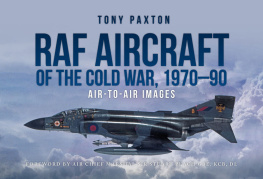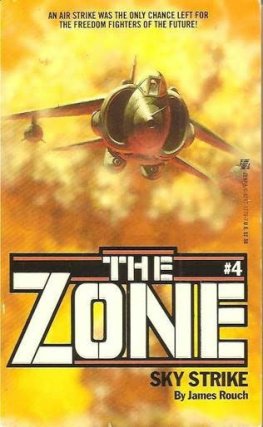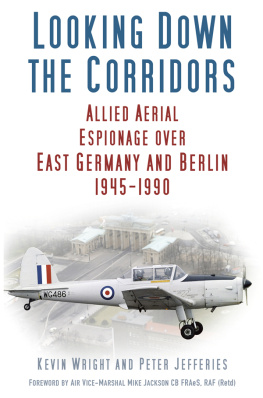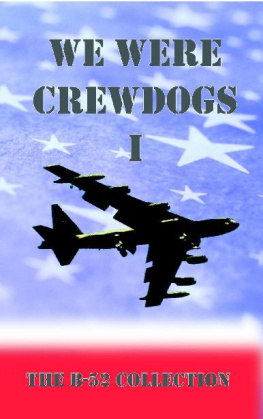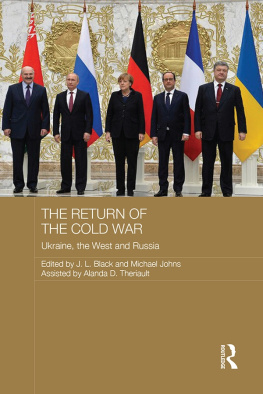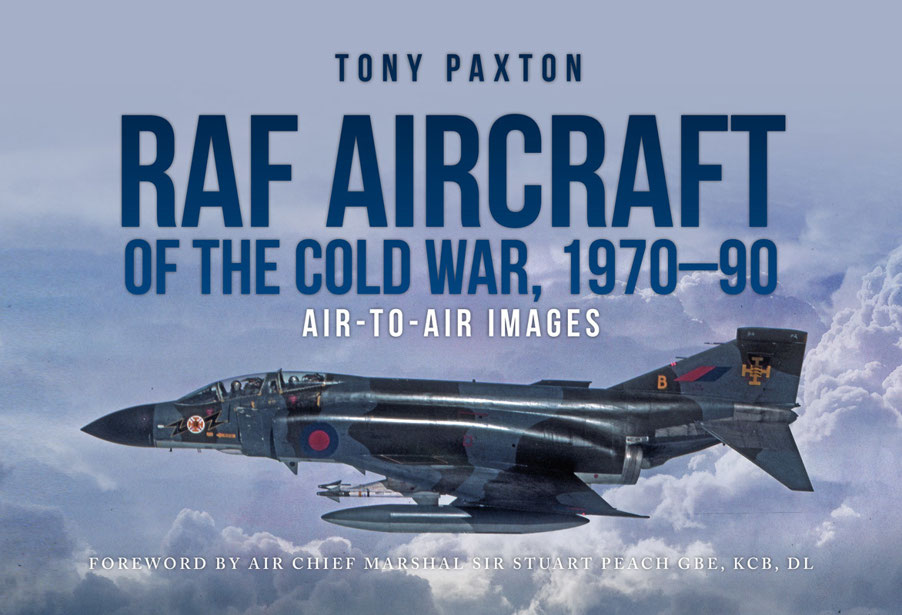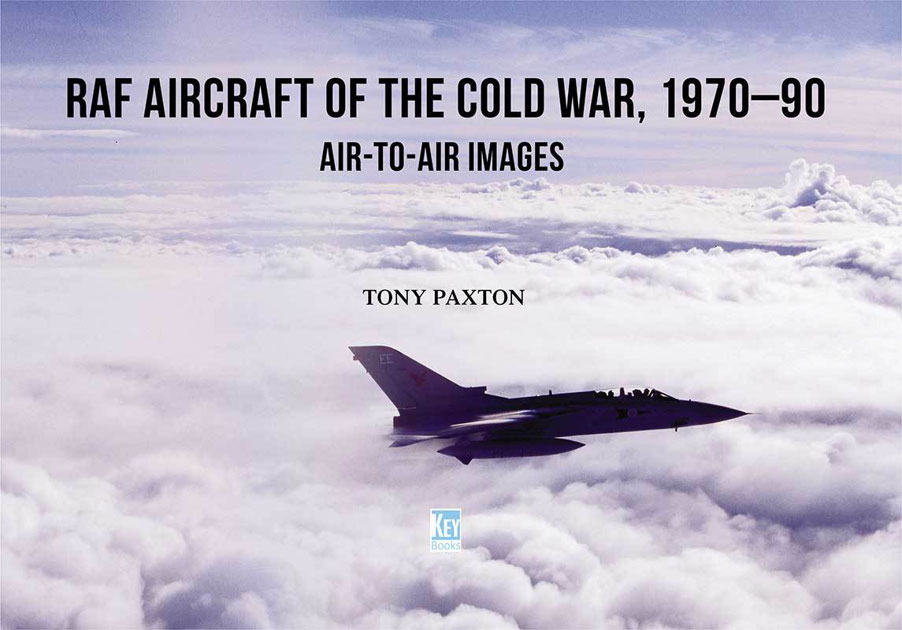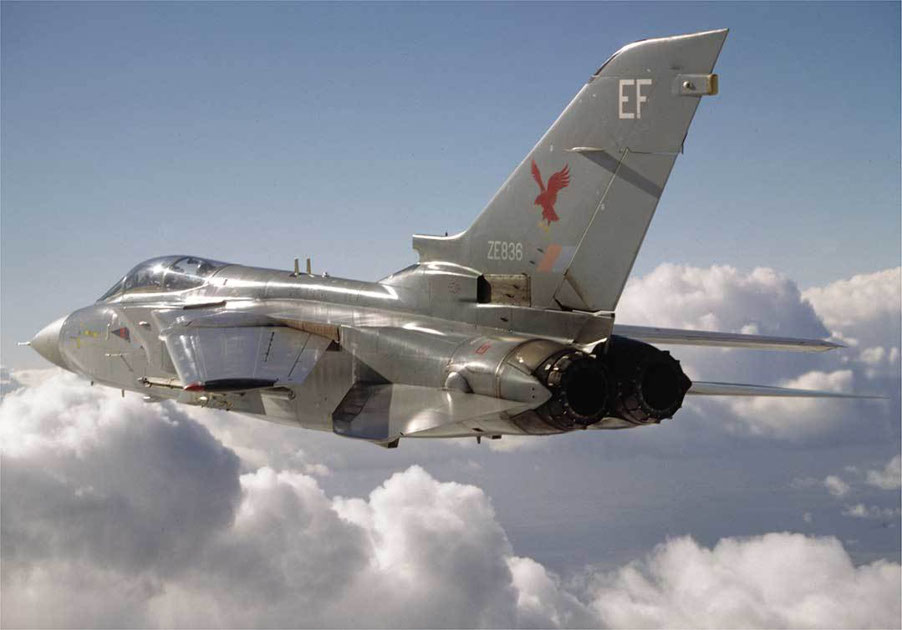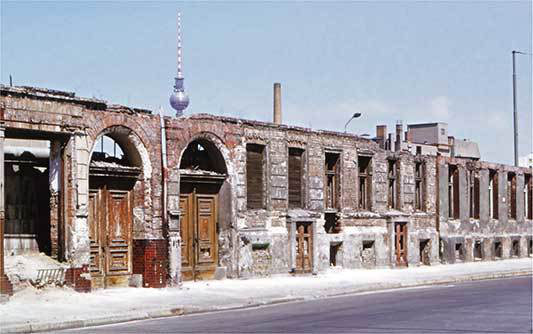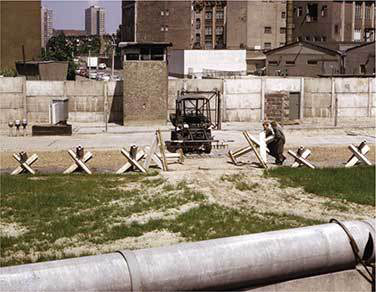FOREWORD
The period of history known as the Cold War (1948 to 1991) was important for the development of air warfare. At the end of the Second World War, the Allies the US, UK and USSR were more shocked than they were prepared to reveal to each other at just how far ahead the Germans were with the development of jets, aeronautics, guided weapons and rockets. The formation of NATO in 1949 in response to the creeping advance of Soviet-friendly (later to be subjugated) communist regimes in Eastern Europe, relied on air power from the start to provide rapid response, air defence and conventional and nuclear deterrence.
This book, written and beautifully illustrated by an experienced Royal Air Force fast jet pilot, reminds us all of the vital role played by the Royal Air Force during that time. The fact is that some aeroplanes were better than others. For example, the authors passion for the English Electric Lightning is very clear. The aeroplane was built to react quickly, via quick reaction alert, and climb rapidly to intercept Soviet bombers with the first generation of air-to-air missiles. Other aircraft, such as the British Hunter and Canberra, were adapted to undertake a wide range of NATO missions. Tactics evolved to meet the perceived threat. For much of the Cold War, the Royal Air Force in Germany and the UK honed their skills at flying at very low level. The Tornado, procured with Germany and Italy, represents the acme of this art. Range was extended by air-to-air refuelling, and training and exercises were taken very seriously and assessed by NATO. Air forces were organised into Allied Tactical Air Forces with the RAF integrated into TWOATAF commanded by a British Air Marshal. For those involved, the Cold War was real in terms of posture and readiness. Squadrons worked and played hard.
Tony Paxton, an exceptional pilot, rarely without his camera, has created a record of this, too often overlooked, element of Royal Air Force history. I commend this book as an excellent addition to the canon of work on the time known as the Cold War.
Air Chief Marshal Sir Stuart Peach GBE, KCB, DL
Chairman NATO Military Committee and
RAF Canberra and Tornado Navigator
A Tornado F3 with the wings in the 67, fully swept position.
CHAPTER 1
A SHORT, EXPLANATORY HISTORY
The Cold War started in the aftermath of the Second World War. The victors divided the spoils amongst themselves by creating occupied sectors of Germany, and the Soviet Union took control of the area to the east, which became the German Democratic Republic, more commonly known as East Germany. Berlin, positioned in East Germany, was also split between the winning parties. Those countries invaded by Germany during the war fared differently depending upon which victorious ally was in control. The Western European countries returned to political normality and started to rebuild their infrastructure and economies. Those countries that bordered the new East Germany and the ones further to the East, up to the Russian border, came under Soviet jurisdiction. In 1948, the Soviet Union flexed its muscles and denied the western allies any access to Berlin via the road and rail links through East German territory. The intention was that the Western powers would walk away and leave the whole of Berlin to the Soviets. However, that was not to be, and the Western allies organised an airborne supply chain. There were three air corridors from West Germany into Berlin and a constant stream of transport aeroplanes ferried essentials into the besieged city. There was not only food but also fuel, both coal and petrol. At the height of the blockade, in April 1949, there was an aeroplane landing every minute. There were three airfields in use and even large flying boats were landing on Lake Havel. This extraordinary effort by the Western allies was to become known as the Berlin Airlift and lasted from June 1948 until late 1949, continuing for several months after the Soviets lifted their blockade in May 1949.
Prompted by the Soviet attitude and the spread of communism, the North Atlantic Treaty Organisation (NATO) was set up in 1949. It initially consisted of 12 North American and European countries and followed the premise that an attack on one was an attack on all. In 1955, West Germany joined the alliance after being allowed to re-arm. It was probably this action that prompted the Soviet Union to set up the Warsaw Treaty Organisation, which became known as the Warsaw Pact, in May 1955. The Warsaw Pact had eight countries in its membership and where they bordered NATO and neutral countries there were heavily defended fences or walls and other defences, including minefields. This was as much to keep their own citizens in as to keep NATO forces out. The barrier stretched for over 4,000 miles and became known as the Iron Curtain, in reference to a speech made by Winston Churchill in 1946.
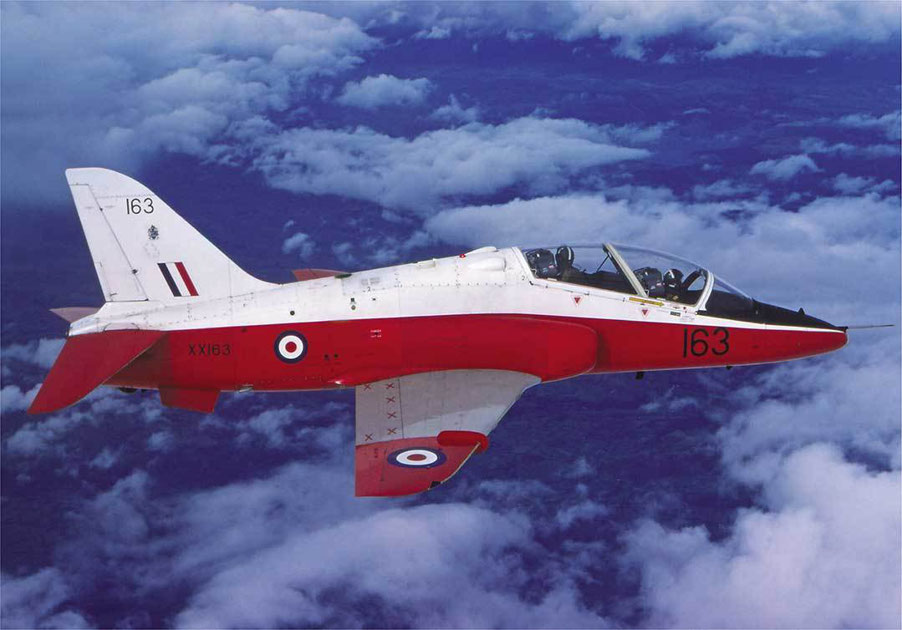
The BAe Hawk started to replace the Folland Gnat as the RAFs advanced trainer in the late 1970s. This T Mk1 was with 4FTS based at RAF Valley but sported a CFS crest on the fin.
A PanAm Boeing 727 takes off from Templehof airport in the heart of Berlin. The Wall can be seen in the background along the airport perimeter. PanAm had a US government contract to keep an air link between West Germany and Berlin. Templehof was used extensively during the Berlin Airlift.
These two military organisations faced off against each other for the next 35 years, each ready to respond to an attack on any of its members. There were tensions and posturing on both sides, but no such attack ever happened, and this unsettled peace was what came to be known as the Cold War. It finally came to an end in 1991, following the dismantling of the Berlin wall and the overthrow of communist governments throughout Eastern Europe.
The Berlin Wall was a continuation of the IGB within the city of Berlin. It was erected behind the faade of houses that were demolished to build it and a former road between the sectors was summarily blocked. On the Eastern side of the wall there were sterile strips of land, minefields and watch towers set within the perimeter fence.

